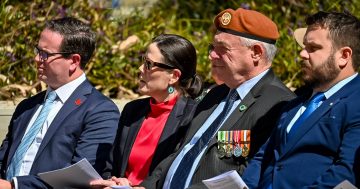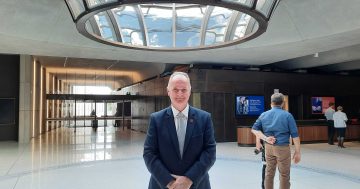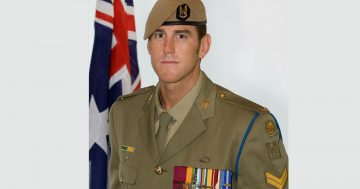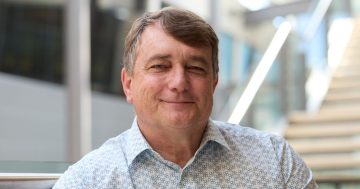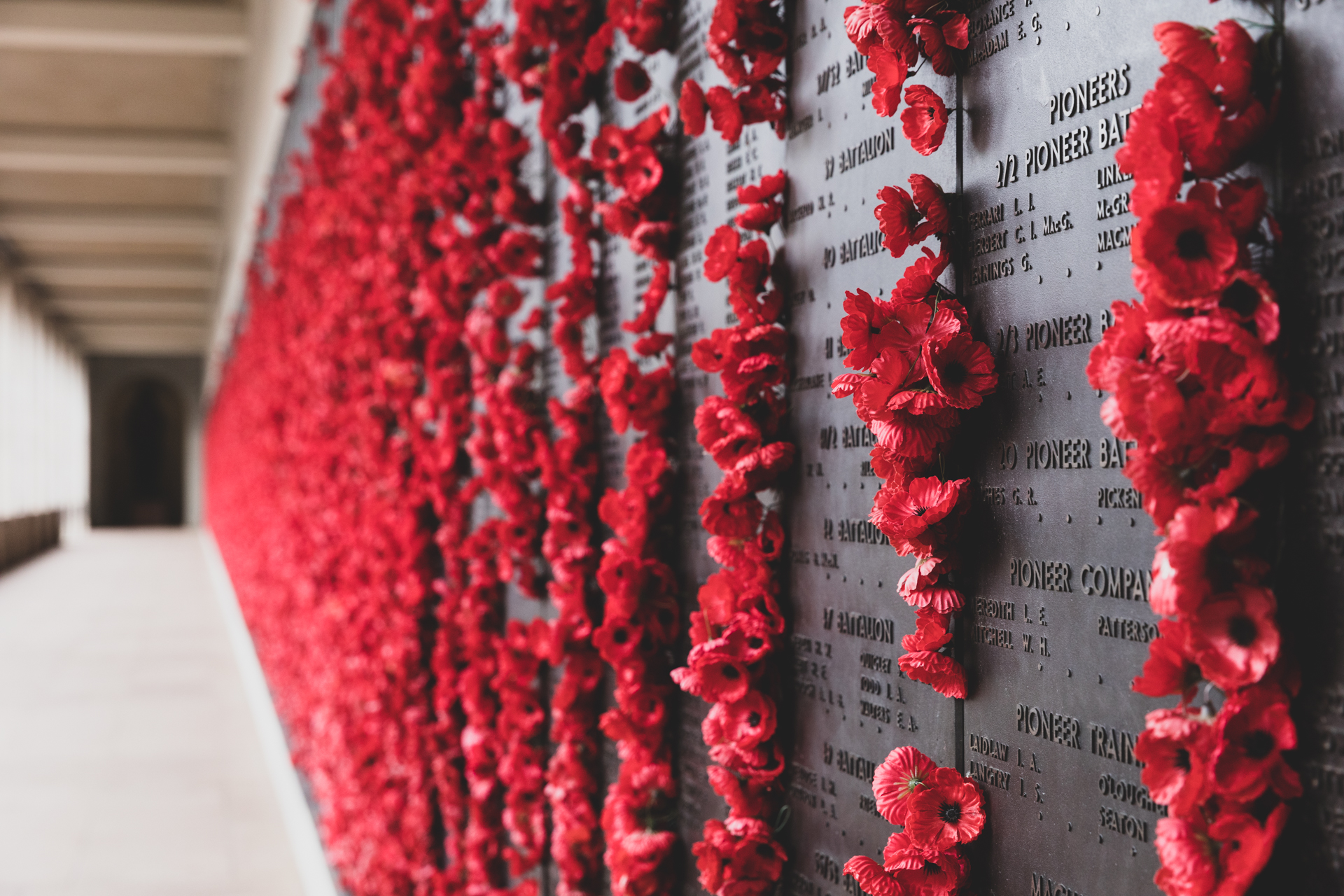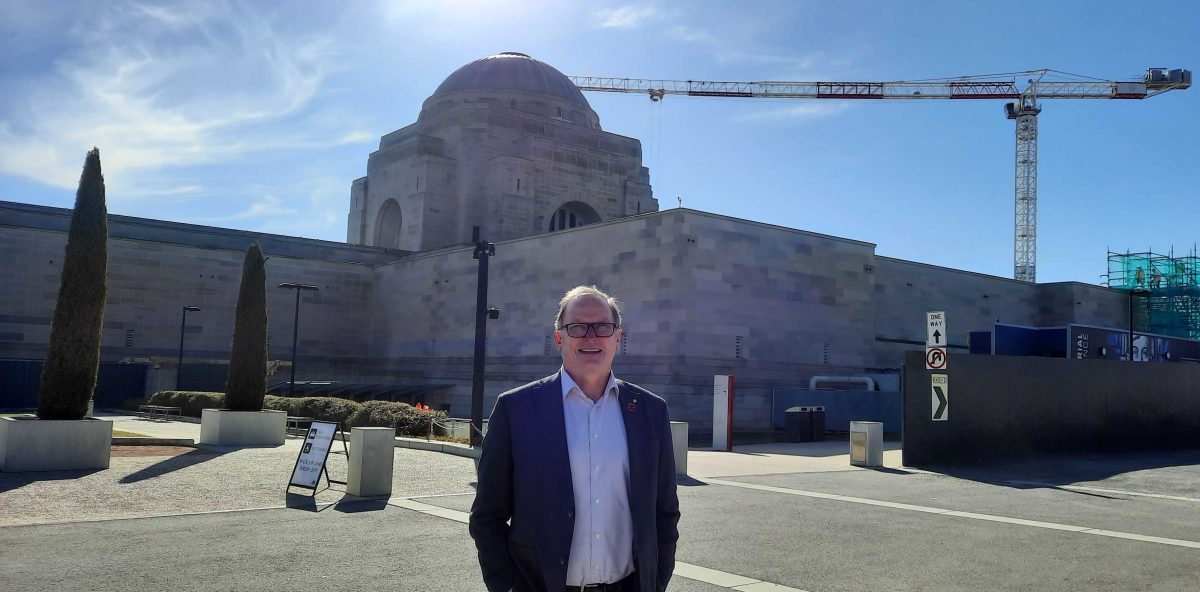
AWM Council member Glenn Keys: “It’s important for us to make sure we never forget that this isn’t Disneyland.” Photos: Ian Bushnell.
Australian War Memorial Council member Glenn Keys believes the expanded institution will not only be bigger but better and more inclusive.
The Canberra veteran and businessman, whose company Aspen Medical often operates in war zones such as Ukraine, has signed on for a second three-year stint on the Council, which has had to weather the controversy over the half-a-billion dollar expansion program that included the demolition of the award-winning Anzac Hall and criticism that the Memorial had lost its way,
Mr Keys said the Memorial simply did not have the space to do justice to the veterans from more recent conflicts such as Iraq and Afghanistan, or Australia’s many peacekeeping missions or, more contentiously, the need to acknowledge more fully the Frontier Violence of colonial times.
He said the Council took its role very seriously and the place that the Memorial holds in Australian culture and history.
“It’s important for us to make sure we never forget that this isn’t Disneyland,” Mr Keys said.
“We’re not here to make a ride, we’re not here to aggrandise something, we’re here to explain and for people to understand.”
Mr Keys backs Chair Kim Beazley’s commitment to commemorate the Frontier Violence between Indigenous Australians and settlers and police in a deeper way, saying it is a part of Australia’s history that needs to be spoken to.
He said the story of Frontier Violence had been displayed since 1986 in the pre-1914 galleries, but the expansion provided an opportunity to go further.
“It’s actually a great time for us to be able to re-look at that and consider how that’s going to be presented as the Memorial is redone,” he said.
“It will give opportunity for all of those voices, not only to be heard, but for people to come and learn about them as well.”
Mr Keys hoped that other memorials around the country follow Canberra’s lead and start talking about Frontier Violence in those locations as well.
“I think that’s important for us to come to terms with,” he said.
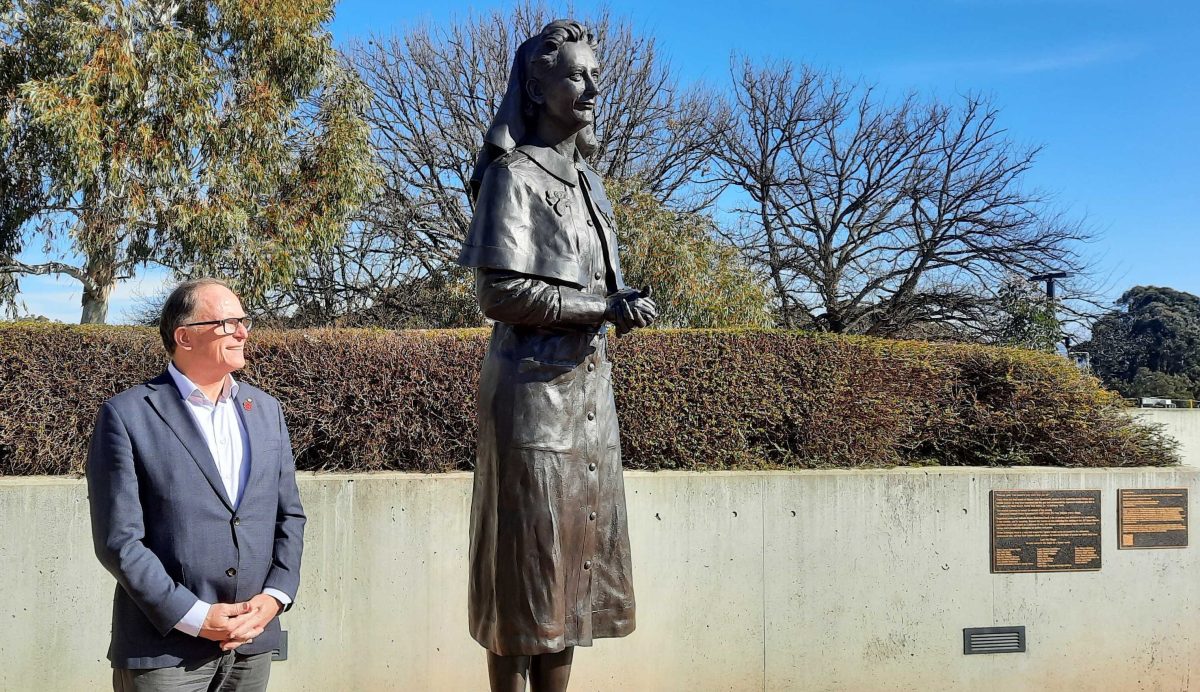
Mr Keys at the Vivian Bullwinkel memorial. “One of the things I’ve not truly understood until I’ve been on Council for a period of time is that the Memorial is many things to people.”
The other innovation will be the introduction of a Peacekeepers Gallery, something that Mr Keys said would be quite powerful.
He said Australia had conducted a peacekeeping mission somewhere in the world constantly since 1948, yet there had never been a permanent display commemorating those who served.
“That’s a powerful message we want to commemorate, that we’ve had peacekeepers helping so many other nations in the world get to peace and stay at peace,” Mr Keys said.
The new-look Memorial is on track to open in 2028. Mr Keys said that as well as providing for better storytelling, the building will be more accessible, particularly for veterans with mobility issues, through the new southern entrance taking shape.
Mr Keys said the construction was inspiring, particularly the new glass oculus.
He said all the displays would be refreshed and updated with the latest thinking about how that should be done, with historians and curators exploring globally how best to present information and provide context.
There would also be opportunities for more hands-on interaction with artifacts.
“They’re going to make them much more relatable, much easier to connect with, but also understanding the context in which these things happened,” Mr Keys said.
The greater display of war machines that the new Memorial will afford has been criticised, but Mr Keys rejects that, saying one of the roles of the memorial is to be also a museum and it needs to display artifacts to do that.
“These things help connect us and help explain a story,” he said.
“They are an important part of storytelling. It would be a disservice to people who’ve served in those environments, a disservice not to explain and show them.
“I don’t see any evidence of aggrandisement of war. What I see is quite a solemn presentation of what war means, the disruption to individuals, the disruption to families and the disruption to society.”
Nor does he see anything wrong with taking donations from arms companies as long as it is done ethically and is fully disclosed, saying he would rather see the money going to something dedicated to preventing war than into shareholders’ pockets.
Like former Director Dr Brendan Nelson, Mr Keys views the Memorial as a place where veterans and their families can find healing.
It is something that he has seen for himself.
“I walk past it all the time going from the Council or rooms to somewhere else, and you’ll see veterans standing there, head bowed, and you can see them talking, you can see them recovering,” Mr Keys said.
Or in the Sculpture Garden outside where white stones represent “tears of joy, sadness, blood and sweat”.
“But one of the things I’ve not truly understood until I’ve been on Council for a period of time is that the Memorial is many things to people,” Mr Keys said.
“It can be an education, a way to gather information like an archive, an educational experience, a memorial, a healing space, it can be all of those things, and it might just be one of them to someone, or it might be all of them to the same person.
“It’s an incredible asset.”












